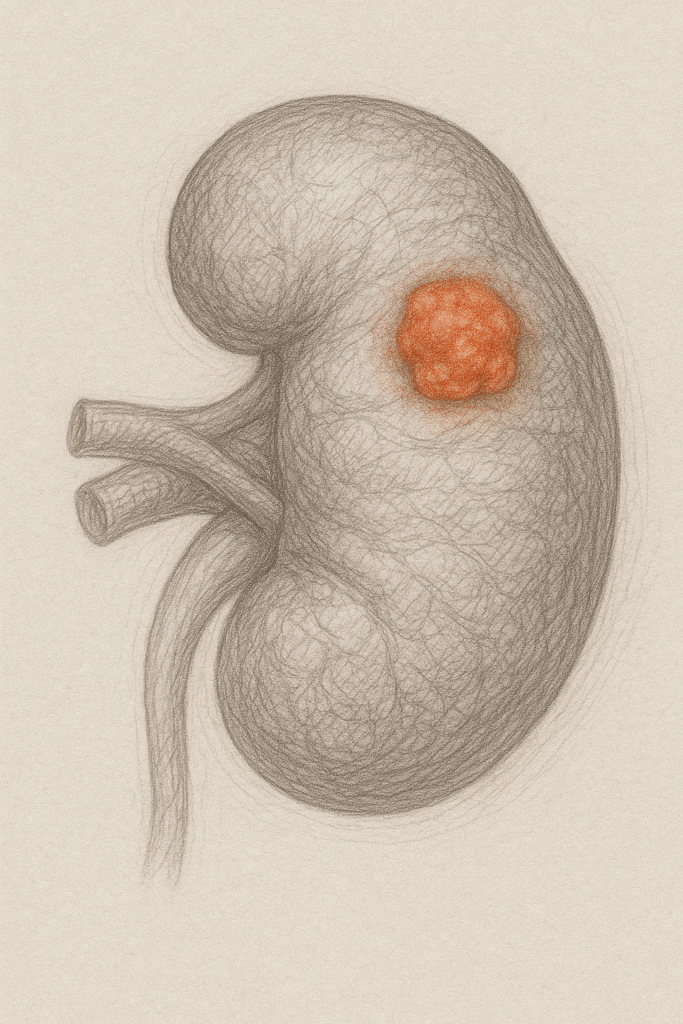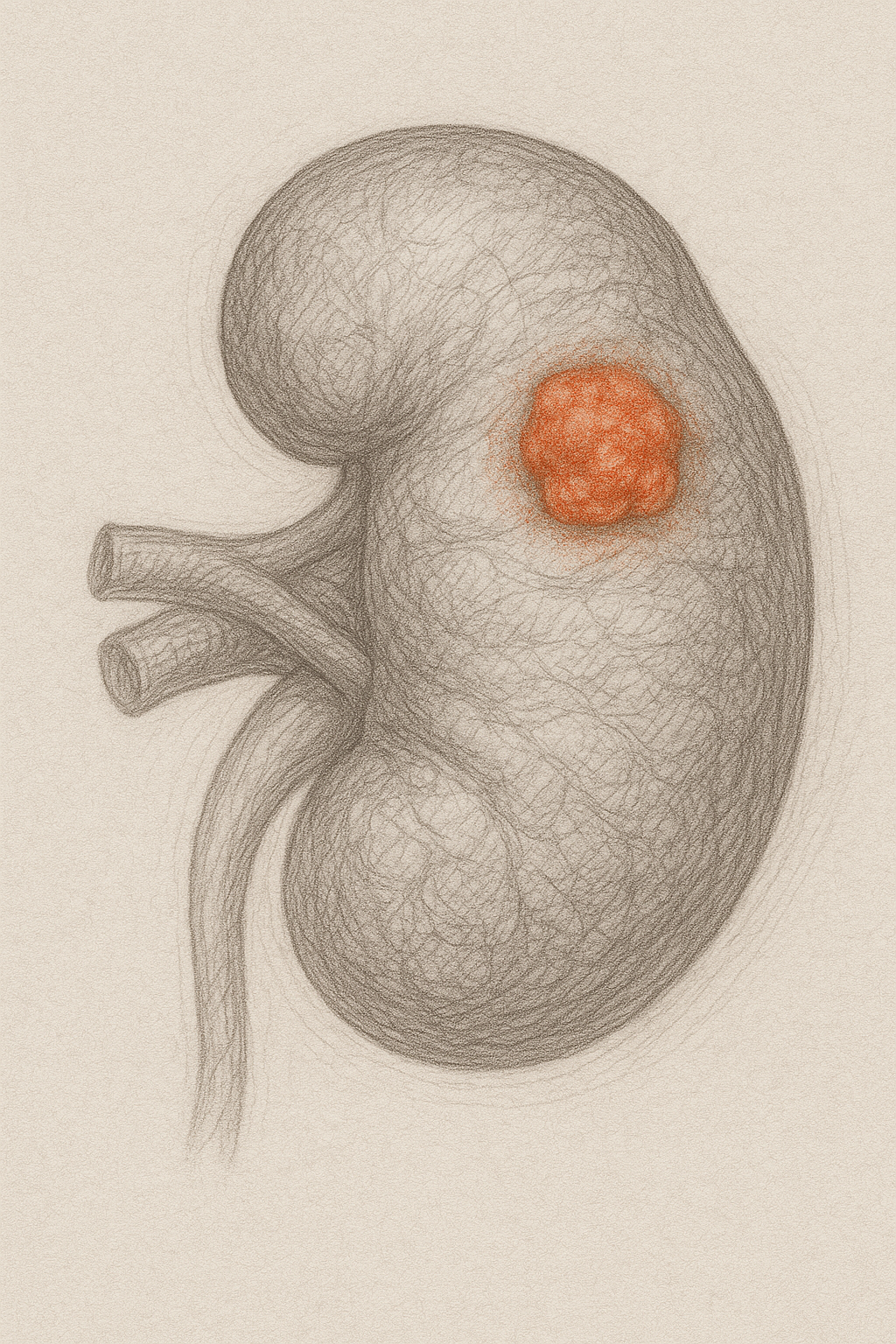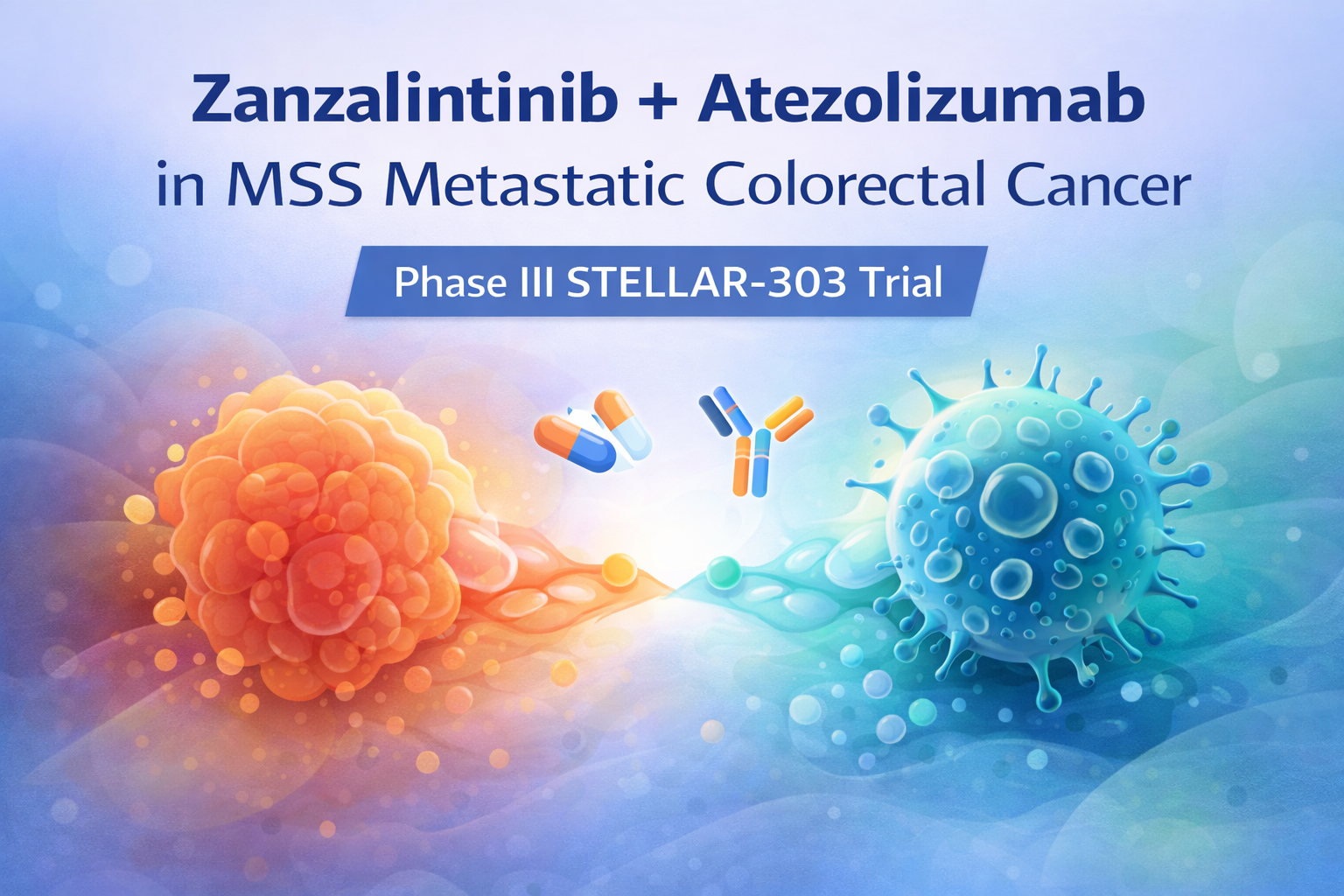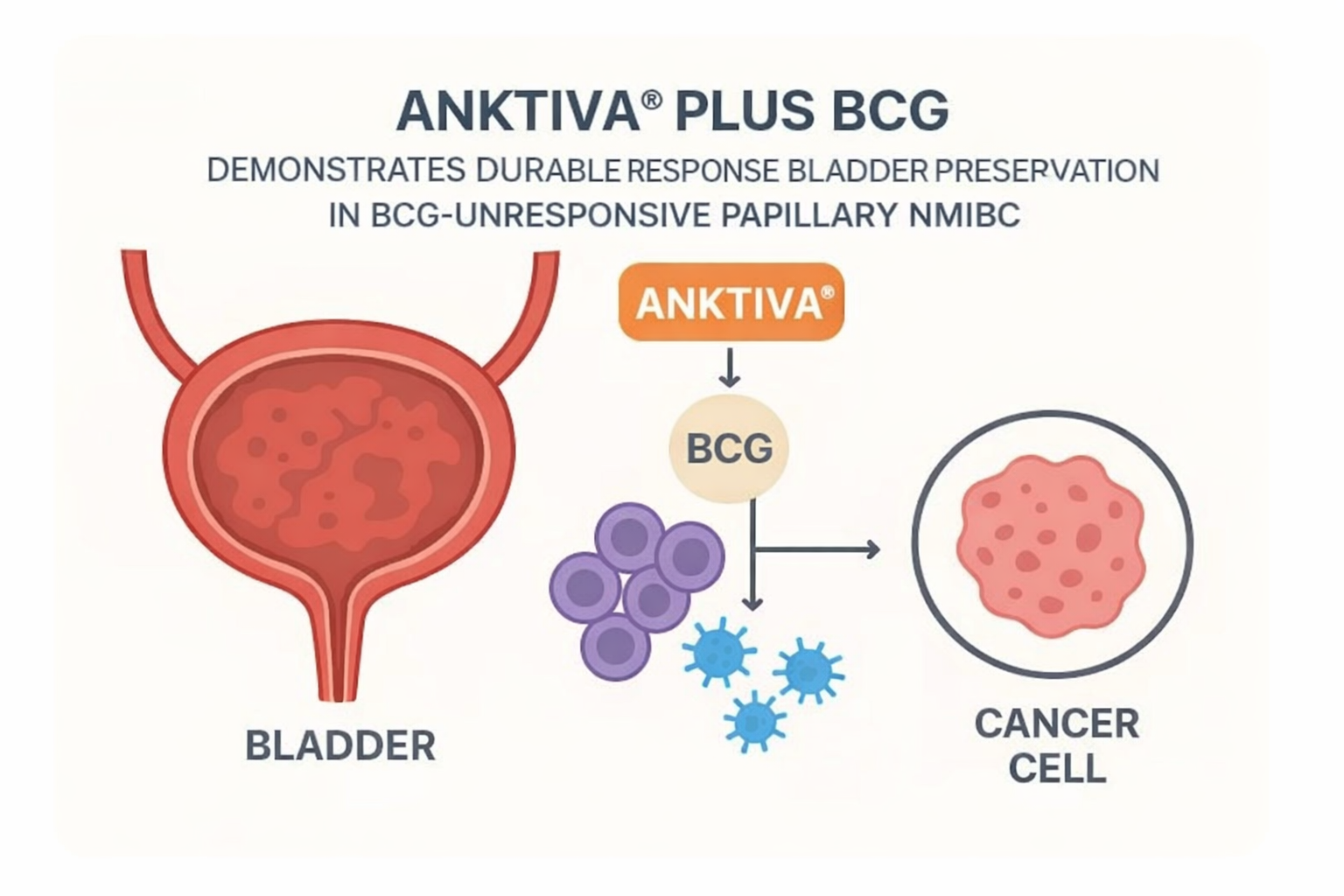

Source: 2025 ASCO Annual Meeting. May 30 – June 2, 2025; Chicago, IL. Abstract 4559.

Clinical Bottom Line
GLP-1 receptor agonists in patients with metastatic renal cell carcinoma (mRCC) and type 2 diabetes receiving immune checkpoint inhibitor (ICI) therapy demonstrated 51% lower mortality risk (HR 0.49) and significantly reduced immune-related adverse events. This retrospective analysis of 994 propensity-matched patients suggests GLP-1 agonists may enhance ICI tolerability without compromising efficacy.
Study Design & Population
- Retrospective cohort study using TriNetX database (120 million US patients, 2012-2024)
- 994 patients after 1:1 propensity score matching (497 per group)
- Inclusion criteria: Age ≥18, type 2 diabetes mellitus (T2DM), mRCC, receiving ICI therapy
- Demographics: 66% male, 77% White, mean age ~65 years
- Matched variables: Age, sex, race, ICI type, comorbidities, diabetic medications, staging
Key Findings
- Overall survival: 51% mortality reduction with GLP-1 agonists (HR 0.49, 95% CI: 0.37-0.64)
- Pneumonitis: 39% risk reduction (HR 0.61, 95% CI: 0.43-0.85)
- Hematological complications: 22% risk reduction (HR 0.78, 95% CI: 0.64-0.95)
- Renal complications: 33% risk reduction (HR 0.67, 95% CI: 0.54-0.84)
- Major adverse cardiovascular events (MACE): No significant difference between groups
- Other immune-related adverse events: No significant difference
Clinical Implications
- First real-world evidence suggesting GLP-1 agonists may improve ICI outcomes in mRCC patients with diabetes
- May inform treatment decisions for diabetic mRCC patients already candidates for GLP-1 therapy
- Does not establish causation – underlying mechanisms remain unclear and require prospective validation
Limitations
- Retrospective design limits causal inference despite propensity matching
- Database study with potential coding errors and unmeasured confounders
- Single-institution bias despite multi-institutional database
- No mechanistic data to explain observed protective effects
- Limited follow-up to 1 year may miss long-term outcomes




